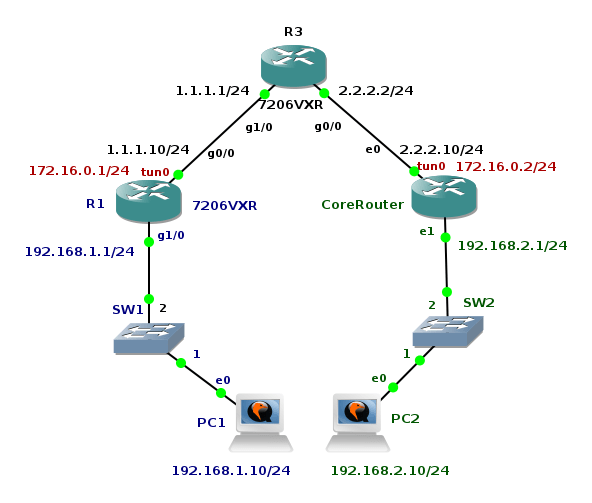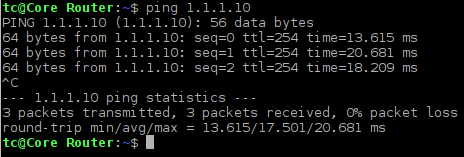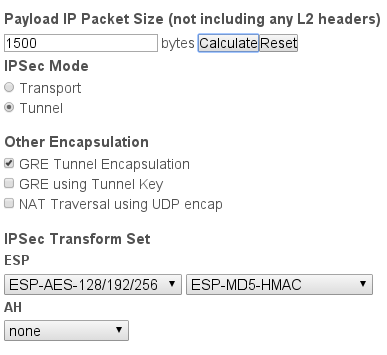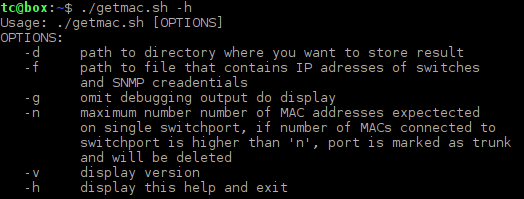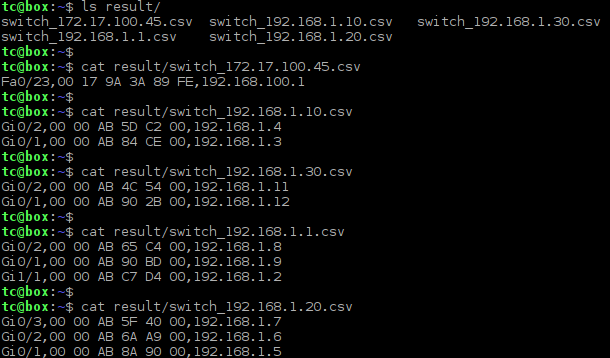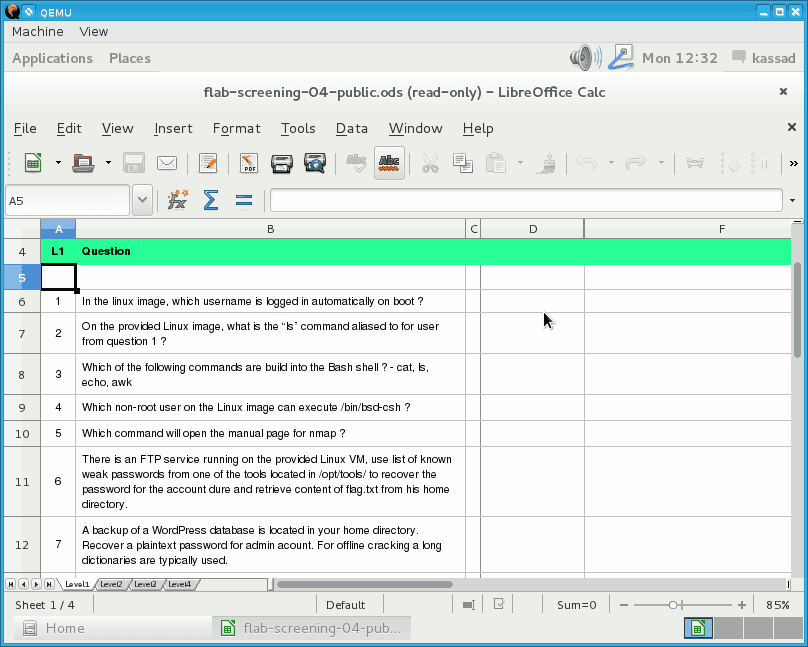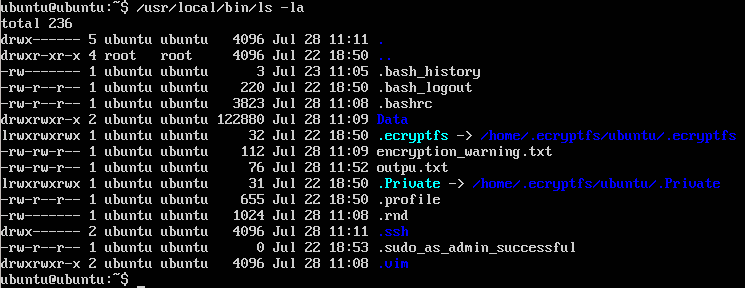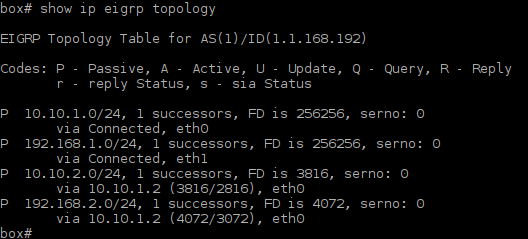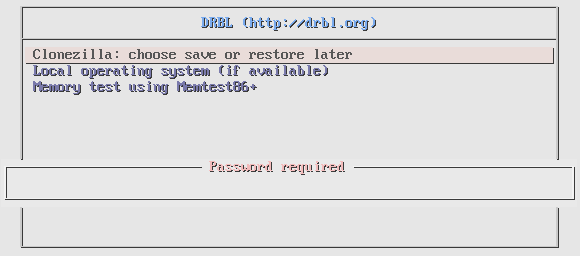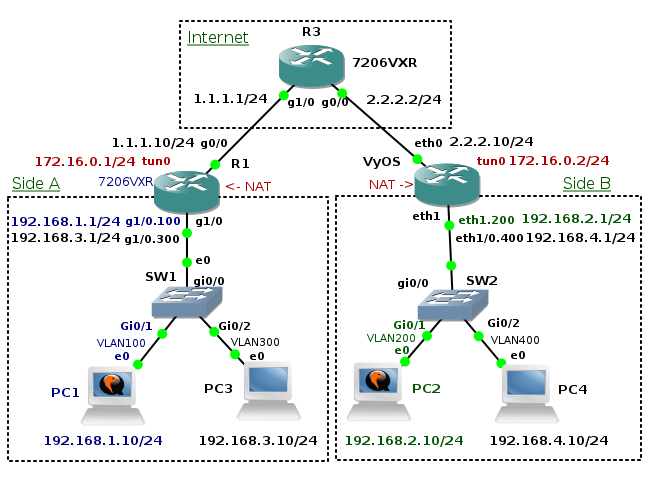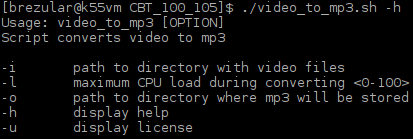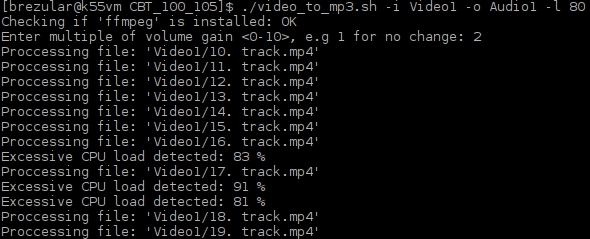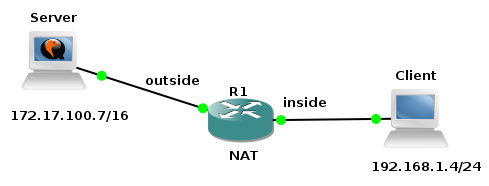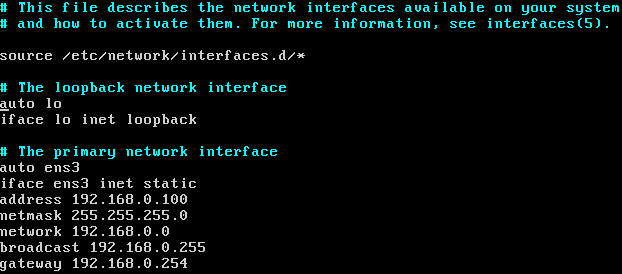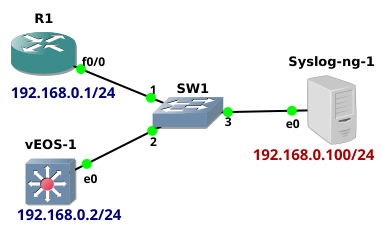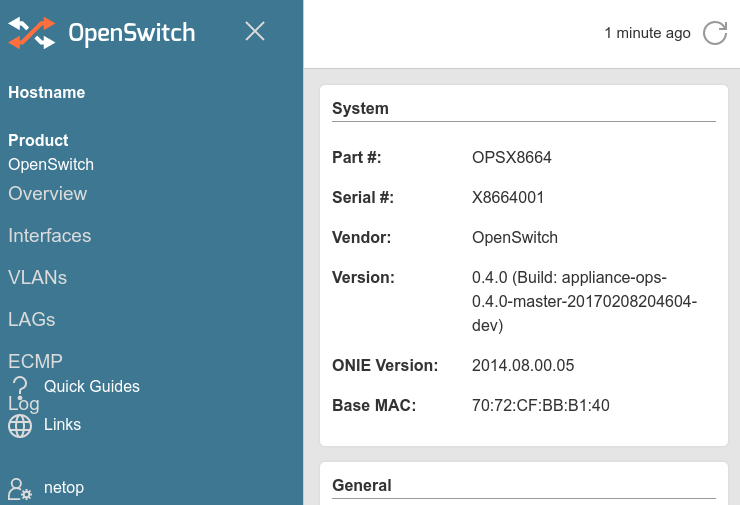Generic Routing Encapsulation - GRE is a tunneling protocol originally developed by Cisco that encapsulates various network protocols inside virtual point-to-point tunnel. It transports multicast traffic via GRE tunnel so it allows passing of routing information between connected networks. As it lacks of security it is very often used in conjunction IP SEC VPN that on the other hand is not capable to pass multicast traffic.
The goal of the tutorial it to show configuration of GRE tunnel on a Cisco router and a device with OS Linux. I have created GNS3 lab consisting of two local networks - 192.168.1.0/24 and 192.168.2.0/24 connected via GRE tunnel. GRE tunnel interface is configured on router R1 (Cisco 7206VXR) and Core Router (Core Linux with Quagga routing daemon installed). The both routers have their outside interfaces connected to a router R3 that is located in the "Internet". To prove that GRE tunnel is working and transporting multicast traffic, the OSPF routing protocol is started on R1 and Core routers and configured on tunnel interfaces and interfaces pointing to local networks.
Note: The Core Linux vmdk image is available for download here. Username/password is tc/tc.
1. Initial Configuration
First we assign hostnames and IP addresses to all devices. Then we will configure static routes on routers R1 and R2 to achieve full connectivity between these routers.
1.1 R3 Configuration
R3(config)#hostname R3
R3(config)#interface g1/0
R3(config-if)#ip address 1.1.1.1 255.255.255.0
R3(config-if)#no shutdown
R3(config-if)#interface gi0/0
R3(config-if)#ip address 2.2.2.2 255.255.255.0
R3(config-if)#no shutdown
1.2 R1 Configuration
R1(config)# hostname R1
R1(config)# interface gi0/0
R1(config-if)# ip address 1.1.1.10 255.255.255.0
R1(config-if)# no shutdown
R1(config-if)# interface gi1/0
R1(config-if)# ip address 192.168.1.1 255.255.255.0
R1(config-if)# no shutdown
R1(config-if)# ip route 2.2.2.0 255.255.255.0 1.1.1.1
1.3 Core Router Configuration
tc@box:~$ sudo hostname "Core Router"
tc@box:~$ exit
tc@Core Router:~$ sudo ip addr add dev eth0 2.2.2.10/24
tc@Core Router:~$ sudo ip addr add dev eth1 192.168.2.1/24
tc@Core Router:~$ sudo ip route add 1.1.1.0/24 via 2.2.2.2
Add the configuration above to /opt/bootlocal.sh in order to run commands during the boot of Core Linux.
tc@Core Router:~$ echo 'hostname "Core Router"' >> /opt/bootlocal.sh
tc@Core Router:~$ echo "ip addr add dev eth0 2.2.2.10/24" >> /opt/bootlocal.sh
tc@PC2:~$ echo "ip link set dev eth0 up" >> /opt/bootlocal.sh
tc@Core Router:~$ echo "ip addr add dev eth1 192.168.2.1/24" >> /opt/bootlocal.sh
tc@PC2:~$ echo "ip link set dev eth1 up" >> /opt/bootlocal.sh
tc@Core Router:~$ echo "ip route add 1.1.1.0/24 via 2.2.2.2" >> /opt/bootlocal.sh
Save configuration with the command below.
tc@Core Router:~$ /usr/bin/filetool.sh -b
At this point we should have connectivity between routers R1 and R2. Check it with the ping command.
Picture 2 - Testing Connectivity Between Routers
1.4 PC1 and PC2 Configuration
tc@box:~$ sudo hostname PC1
tc@box:~$ exit
tc@PC1:~$ sudo ip addr add dev eth0 192.168.1.10/24
tc@PC1:~$ sudo ip route add default via 192.168.1.1
Issue the commands below in in order to add configuration to /opt/bootlocal.sh.
tc@box:~$ echo "hostname PC1" >> /opt/bootlocal.sh
tc@PC1:~$ echo "ip addr add dev eth0 192.168.1.10/24" >> /opt/bootlocal.sh
tc@PC2:~$ echo "ip link set dev eth0 up" >> /opt/bootlocal.sh
tc@PC1:~$ echo "ip route add default via 192.168.1.1" >> /opt/bootlocal.sh
And finally save configuration.
tc@PC1:~$ /usr/bin/filetool.sh -b
tc@box:~$ sudo hostname PC2
tc@box:~$ exit
tc@PC2:~$ sudo ip addr add dev eth0 192.168.2.10/24
tc@PC2:~$ sudo ip route add default via 192.168.2.1
tc@PC2:~$ echo "hostname PC2" >> /opt/bootlocal.sh
tc@PC2:~$ echo "ip addr add dev eth0 192.168.2.10/24" >> /opt/bootlocal.sh
tc@PC2:~$ echo "ip link set dev eth0 up" >> /opt/bootlocal.sh
tc@PC2:~$ echo "ip route add default via 192.168.2.1" >> /opt/bootlocal.sh
tc@PC2:~$ /usr/bin/filetool.sh -b
2. IP GRE Tunnel Configuration on R1 and Core Router
The Maximum Transmission Unit (MTU) is the largest size of IP packet and it is 1500 Bytes. The 1500B MTU value consists of IP header 20B + TCP 20B + data (payload) 1460B. GRE tunnel adds additional 24B overhead to MTU. For this reason we must reserve 24B for GRE overhead in IP packet and change MTU for tunnel interface to 1476 Bytes.
We also need to set the Maximum Segment Size - MSS for TCP traffic. The maximum segment size is actualy the size of payload (user data) of TCP segment thus 40 bytes lower than IP MTU (1476B MTU minus IP header 20B and TCP header 20B). Therefore the MSS value will be set to 1436 Bytes.
2.1 R1 Configuration
R1(config)# interface tunnel 0
R1(config-if)# description Tunnel to R2
R1(config-if)# ip address 172.16.0.1 255.255.255.252
R1(config-if)# ip mtu 1476
R1(config-if)# ip tcp adjust-mss 1436
R1(config-if)# tunnel source 1.1.1.10
R1(config-if)# tunnel destination 2.2.2.10
2.2 Core Router Configuration
First we load module gre and ip_gre modules to Linux kernel.
tc@Core Router:~$ sudo modprobe gre && sudo modprobe ip_gre
tc@Core Router:~$ echo "modprobe gre" >> /opt/bootlocal.sh
tc@Core Router:~$ echo "modprobe ip_gre" >> /opt/bootlocal.sh
Then we can create GRE tunnel.
tc@Core Router:~$ sudo ip tunnel add tun0 mode gre remote 1.1.1.10 local 2.2.2.10 ttl 255
tc@Core Router:~$ sudo ip link set tun0 up
tc@Core Router:~$ sudo ip addr add 172.16.0.2/24 dev tun0
In order to start tunnel after boot of Core Linux, we need to add commands to /opt/bootlocal.sh.
tc@Core Router:~$ echo "ip tunnel add tun0 mode gre remote 1.1.1.10 local 2.2.2.10 ttl 255" >> /opt/bootlocal.sh
tc@Core Router:~$ echo "ip link set tun0 up" >> /opt/bootlocal.sh
tc@Core Router:~$ echo "ip addr add 172.16.0.2/24 dev tun0" >> /opt/bootlocal.sh
tc@Core Router:~$ /usr/bin/filetool.sh -b
3. OSPF Routing Protocol Configuration on R1 and Core Routers
3.1. R1 Configuration
R1(config)# router ospf 10
R1(config-router)# network 172.16.0.0 0.0.0.255 area 0
R1(config-router)# network 192.168.1.0 0.0.0.255 area 0
To help building OSPF adjacency we will use the command ip ospf network broadcast on a tunnel interface.
R1(config-router)# interface tun0
R1(config-if)# ip ospf network broadcast
R1(config-router)# do write
3.2. Core Router Configuration
There is Quagga routing daemon installed on Core Linux. We will use Quagga shell and configure OSPF protocol as following.
tc@Core Router:~$ sudo vtysh
Core Router# conf t
Core Router(config)# router ospf
Core Router(config-router)# network 172.16.0.0/24 area 0
Core Router(config-router)# network 192.168.2.0/24 area 0
Core Router(config-router)# interface tun0
Core Router(config-if)# ip ospf network broadcast
Core Router(config-router)# do write
Core Router(config-router)# ^Z
Core Router# exit
The MTU on both sides of a tunnel must match in order to establish OSPF adjacency so we need to set MTU for the interface tun0 to 1476 Bytes.
tc@Core Router:~$ sudo ip link set tun0 mtu 1476
tc@Core Router:~$ echo "ip link set tun0 mtu 1476" >> /opt/bootlocal.sh
tc@Core Router:~$ /usr/bin/filetool.sh -b
4. Structure of IP Packet Encapsulated Inside GRE Tunnel
The picture 3 reveals a structure IP packet encapsulated inside GRE tunnel. The SSH traffic is sent from host PC1 (192.168.1.10) to host PC2 (192.168.2.10). The GRE header is added to original IP packet (IP+ TCP + SSH) along with completely new delivery L2 and L3 headers (source IP 1.1.1.10, destination IP address 2.2.2.10). The protocol type inside delivery header is set to 47 (GRE) - it is not shown on the picture.
Picture 3 - Structure of IP Packet Encapsulated Inside GRE Tunnel
